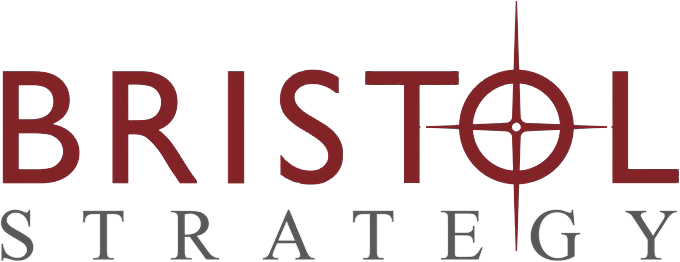Nonprofits of all shapes, sizes, and missions are adopting hybrid events to raise money and engage their audiences in convenient new ways. If you’ve never planned this type of event before, it’s critical that you take a look at your existing fundraising strategies and determine how your hybrid experience will fit in.
Hybrid events incorporate both traditional in-person experiences along with virtual engagement. Here are a few common examples we’re seeing:
- Charity auctions with both on-site and remote bidding
- Exclusive in-person fundraising galas with additional supporters tuning in from home
- Charity walk-a-thons with some fundraisers participating at a predetermined location while others walk a path of their choosing on their own
When done well, hybrid fundraising events have the potential to bring your nonprofit event engagement to the next level. However, a successful event requires participation from a full range of staff members, volunteers, and other stakeholders—not to mention attendees.
By leveraging a few best practices, you’re sure to see impactful results from your next hybrid fundraiser:
- Determine SMART goals beforehand.
- Collect and leverage your event data.
- Equip your team with the right tools.
- Follow up with attendees after.
Ready to learn more about planning and hosting an optimized hybrid event experience that aligns with your overarching fundraising strategy? Let’s get started.
1. Determine SMART goals beforehand.
One of the first steps in planning any fundraising event—but particularly a hybrid event—is setting clear goals and criteria for success. By crafting detailed goals prior to your upcoming hybrid event, you significantly increase your team’s fundraising effectiveness and pave the way for an impactful event performance.
Fundraising goals can take many forms. Your hybrid event goals could be financial (such as to raise $10,000 through ticket sales, bids, and donations) or engagement (to re-engage 25% of lapsed donors). Regardless of the metrics you choose, be sure to track progress on your goals throughout the planning process. The best way to do this: set SMART goals.
The SMART goal framework is as follows:
- Specific: Fundraising goals should be as specific as possible to ensure you and your team all understand what you’re aiming for. The better defined your objectives, the higher the likelihood that they’ll be met.
- Measurable: Include concrete and quantifiable numbers, percentages, and figures that can be used to track progress and determine when the goal has been achieved.
- Attainable: Unattainably high goals can lead to discouragement for both fundraisers and supporters, while unnecessarily low goals often result in money left on the table. We suggest aiming for lofty, yet realistic objectives.
- Relevant: Make sure your goals are related both to your fundraising and your mission. For example, you can reiterate that $X raised for your nonprofit will go to support Y number of beneficiaries.
- Time-bound: Without a set deadline for your goals to be reached, you’ll never know whether you’re on the right track to accomplishing those objectives. By determining a specific timeline for your fundraising event, you can also instill a sense of urgency within your supporters.
Putting these elements together, here’s an example of a SMART fundraising goal: To raise $10,000 in bids through a week-long hybrid fundraising auction ending with our in-person gala on August 1, 2021.
To determine a realistic goal, it’s a good idea to look at your past fundraising data as well as understand the current state of the philanthropy sector. For instance, our 2021 Giving Experience Study reports that the average donation through a fundraising event experience is $272. If you see from past events that your average attendance is around 100 guests, you might set your revenue goal somewhere around $25,000.
2. Collect and leverage your event data.
With a hybrid event, you have the opportunity to collect data from both in-person and remote attendees. Leveraging your event data can provide a wealth of insightful information about your donors and the way they interact with your organization.
The data you collect from your event can tell you a lot about your supporters, your strategies, and your organization as a whole—when you know how to read it.
For example, our survey of more than one thousand social donors reported interesting data on donor plans for future engagement, with 38% leaning towards virtual-only experiences, 22% with a preference for in-person events, and 30% anticipating attending a mix of both. When you take the time to collect, organize, and analyze your own fundraising event data, you can better determine which of these event experiences to prioritize.
Here are a few other metrics you can use to gauge the success of your hybrid event:
- Number of guests who attended virtually vs. in person
- Average time spent in event attendance for virtual audiences
- Donations collected from in-person and remote attendees
Be sure to specify the types of KPIs you’ll track early in the planning process and determine how you’ll collect and measure them as well. Then, going forward, make sure to leverage this collected data to improve your operations and better prepare for additional upcoming events.
3. Equip your team with the right tools.
Hybrid events rely heavily on technology for success. Because they involve both in-person and virtual engagement, having the right software to manage both giving experiences will be critical.
According to the Giving Experience Study, “an easy-to-use online platform [is] a necessity for those participating virtually.” Unfortunately, if your event takes place on a convoluted platform that requires an unnecessary number of steps to sign up, purchase a ticket, place a bid, or make a donation, the guest in question is more likely to abandon the process altogether.
By investing in a comprehensive fundraising software solution, on the other hand, you can streamline your guests’ experiences and allow them to participate and give with ease. Additionally, the right software can ensure that your fundraising team has the tools they need to be effective behind the scenes.
Here are a few key features to look for in your hybrid event tools:
- Online ticketing and registration software
- Mobile-optimized bidding and donations
- Live-streaming functionality
- Robust analytics and data reporting
With these features and more in your event toolkit, you and your fundraising team will be all set to effectively engage with donors, solicit donations, and put on a high-quality hybrid experience for attendees.
4. Follow up with attendees after.
When it comes to social giving opportunities and long-term donor engagement, it can be argued that what happens after your event is more important than the event itself. Some attendees may have interacted with your organization for the first time during your event, so keeping the conversation going is important to foster long-term connection and repeat giving.
For best results, consider reaching out to event attendees afterwards to ask the following questions:
- How did they hear about your event? Our studies show that donors are more than 2x as likely to hear about a social giving opportunity or fundraising event through a friend, family member, or colleague than from a nonprofit directly. Understanding how attendees were introduced to your event (especially for first-time supporters) is critical for adjusting your marketing and outreach efforts going forward.
- How do they feel about your event? Whether they feel extremely positive, extremely negative, or somewhere in the middle, finding out how attendees perceived your event is a great way to gauge its success. This type of qualitative data can be invaluable for making strategy adjustments and planning better events in the future.
- Would they like to deepen their engagement with your organization? If an individual has attended a fundraising event, it’s likely that they care about your mission. Be sure to offer additional engagement opportunities such as registering for your next event, connecting with your nonprofit on social media, or signing up for a monthly newsletter.
As always, be sure to communicate your appreciation to event attendees for participating in your fundraiser, whether in person or from afar. Communicating with supporters post-event can deepen their connection to your mission, make them feel a part of your organization’s impact, and build a relationship that extends beyond the fundraising.
Like any relationship, creating touch points and follow-up is critical for increasing the likelihood that you can move someone further down the donor conversion funnel from event attendee to long-term loyal supporters.
According to these fundraising statistics, 56% of worldwide donors have reported regularly attending nonprofit fundraising events. As the introduction of hybrid events leads to increased accessibility and convenience for attendees, this figure will likely continue to climb.
If you’re planning a hybrid fundraiser for your organization, taking the time beforehand to determine how it fits in your overall strategy is the key to ongoing success and high levels of team-wide productivity. Good luck!


